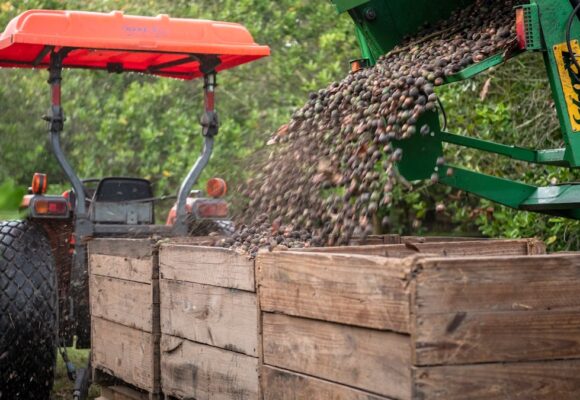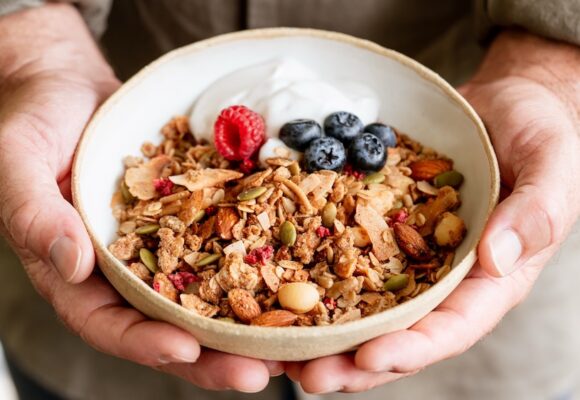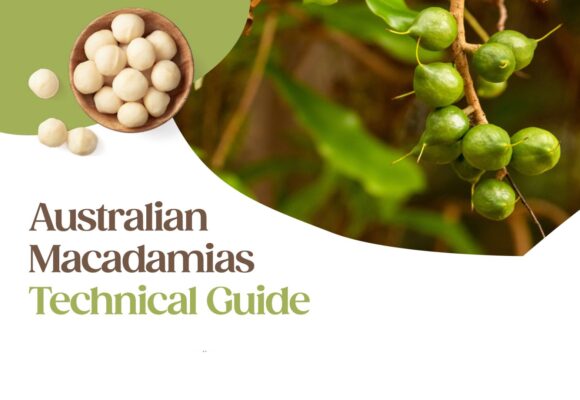
Millennials. What drives their purchase decisions? What are their media habits? How are they consuming nuts? And what’s a millennial anyway?
These are some of the questions examined by research consultancy Colmar Brunton on behalf of the Australian nut industry recently in a bid to uncover this generation’s behaviour and perceptions of the nut category.
The research, conducted via mini focus-groups across Australia and accompanied shopping trips to Australian supermarkets, examined which health benefits of nuts are most compelling to millennials and whether a strong health proposition will be enough to persuade lighter millennial nut consumers to increase their purchase frequency.
In good news for the nut industry, the findings revealed that not only are health benefits likely to drive greater consumption among lighter millennial nut consumers, but that one area in particular offers up a particularly potent proposition for this market segment: cognitive performance.
Generation gap
For many years, the nut industry has worked closely with health professionals and regulators to communicate the message that nuts are an important part of a healthy everyday diet.
While significant headway has been made, it seems millennials still need convincing when it comes to regular nut consumption. As a large and powerful consumer group, decoding their purchase motivations and barriers to consumption will unlock an enormous pool of potential into which the nut industry can dive headfirst.
What’s a millennial?
Millennials are defined as consumers aged 18 to 35 years. The group comprises young transitionals and younger families and is sometimes referred to as Generation Y.
As the first generation to grow up holding digital media in their hands, this group is different to any other that has gone before it.
While many older consumers still marvel at the impact smartphones have had on everyday life, for millennials, this is completely normal.
Persuading light and medium millennials to buy nuts more often
Can light and medium millennial nut buyers be convinced to increase their nut consumption?
The research findings say yes, as long as they are given the right information to encourage behavioural change.
Compared to heavy consumers, light and medium millennial users are lacking awareness and knowledge of nuts. Usage occasions are limited, and understanding of different nut varieties and uses is poor.
Nostalgia around nut consumption varies enormously between light and heavier nut users. Heavier users will reminisce fondly about shelling nuts with their grandparents, eating nuts to recover from a big day, or eating them in preparation for a big day ahead. However light users are growing up without these stories, viewing nuts as an occasional purchase, most likely for entertaining.
To change the purchase behaviour of light and medium users, the research recommends nut marketers focus on three key propositions.
1. Health and nutritional benefits of nuts
2. Versatility: educating consumers about cooking with nuts and different snacking formats. On-pack recipes are a key tool here.
3. Provenance: educating consumers on where and how the product is produced. Millennials are removed from the realities of how food is grown and the paddock-to-plate process. Many don’t know that nuts grow on trees, nor are they familiar with the harvesting process.
Keeping brain food in mind
When it comes to crafting compelling health messaging to encourage greater millennial nut consumption, a highly targeted approach is critical.
The research identified ‘BRAIN FOOD’ as a unique health proposition for nuts that is highly appealing to the millennial market. Positioning nuts as the food that delivers enhanced mental stamina and concentration makes them relevant to the millennial lifestyle. It places nuts firmly in the everyday snacking realm, and speaks to a host of regular consumption opportunities, such as office snacking and after-school snacking for kids.
The brain food message has broad appeal with the research showing that it appeals to light and heavy users across all age groups.
While nuts offer up an array of health benefits, not all of them are considered relevant by millennials. The research tested messaging around diabetes, heart disease and weight management, however millennials see these as the health challenges of their parents, not benefits that would change their own behaviour. For millennials, it’s cognitive performance that’s on their minds.
Protein can also pack a punch
‘Nuts as a source of protein’ also emerged as an appealing health message for millennials. Like ‘brain food’, protein is a positive message that millennials respond well to, far more than perceived age-related issues such as heart health and cholesterol management.
While the protein message does hold potential for nut brands, the research noted that this is a far busier space, with many other products already trading on the protein proposition.
By contrast, the cognitive performance space is far more open and relatively unoccupied by other products or brands at present.
Breaking down the price and allergy barriers
調査によるとライト・ユーザーとミディアム・ユーザーは価格とアレルギーに懸念を抱いていることを明らか になりました。
今回の調査の中でも特に若い年齢層の間ではナッツは価格が高い商品だという認識がありました。この 障害を乗り越えるには、ナッツのメリットを継続的に訴求することで価格に見合う価値があるという認識を 勝ち取るしかありません。
Nuts were banned in Australian schools for many years as part of the now defunct approach to allergy management. Millennials grew up in an age where nuts were largely avoided and as a result, many are now unsure whether they can safely incorporate nuts into their diets.
The nut industry is tasked with alleviating those concerns, busting allergy myths and providing reassurance around how nuts can be enjoyed safely on a daily basis.
Cohesion across the supply chain
While identification of compelling messaging is a critical component of the nut industry’s millennial strategy, of equal importance is support and consistency across the supply chain. The industry as a whole will need to contribute to the strategy if it’s to see the desired uplift in consumption among this target group.
In Australia, Nuts For Life will be a critical platform for communicating the health, versatility and provenance propositions, however it needs the support of the broader industry.
This includes retailers, as the research revealed notable confusion among light and medium users when trying to locate nuts in store. Although nuts are located at multiple points within most Australian supermarkets, light and medium consumers are unsure of where to find them. There is scope for retailers to design an improved nut shopping experience.
Getting the media strategy right
The research findings recommended the use of targeted media campaigns to communicate key propositions. It highlighted that lighter users tend to be younger, so understanding the unique media behaviours and consumption patterns of this group will be critical.
Typically this group’s attention is diluted across multiple media at any given time. They may still watch TV, but they’ll do it with an iPad on their lap and a smartphone in hand as well.
With undivided attention a thing of the past, it is important to provide authoritative, relevant and inspiring content in the places they will be seeking it out.
Remaining relevant into the future
By overlaying the research findings with Colmar Brunton’s Millennium Monitor trends analysis tool, it’s possible to model where consumers are headed and plan for how nut brands can best meet them there.
The Millennium Monitor predicts that most consumers are heading into a time of rebellion – of breaking out, taking control and finding better ways of doing things. As part of this, they will be seeking functional, ethical and sustainable products, as well as products with natural fortification. This is great news for the nut industry, as many of our products’ benefits align perfectly with these trends.
The challenge of marketing to millennials is not unique to the nut industry. However its importance cannot be underestimated. With the growth of this group’s purchasing power now in full swing, shaping product development and marketing strategies that speak to their needs will be a critical determinant of continued category growth.
For further details of this research, please feel free to contact Lynne Ziehlke.


